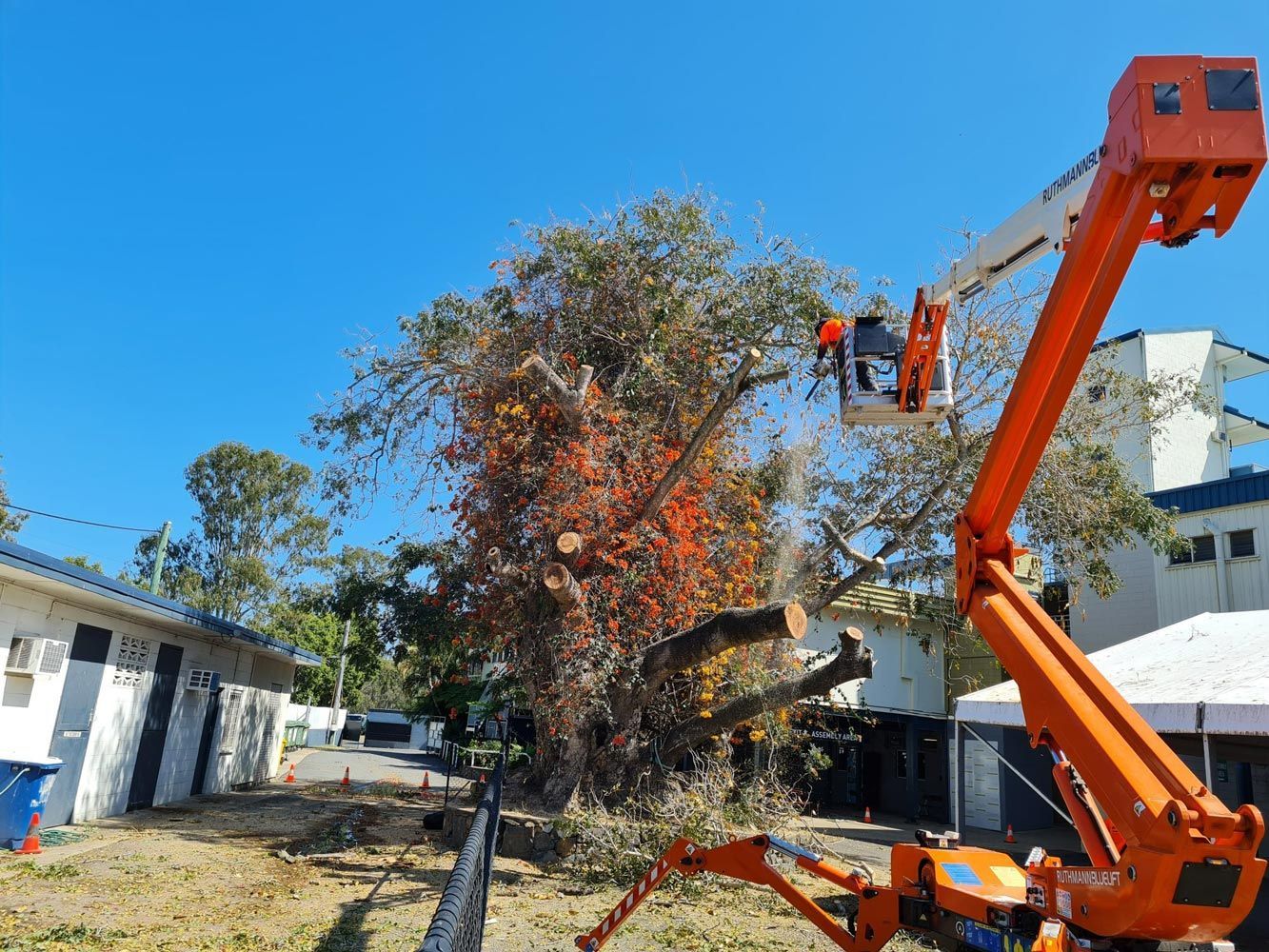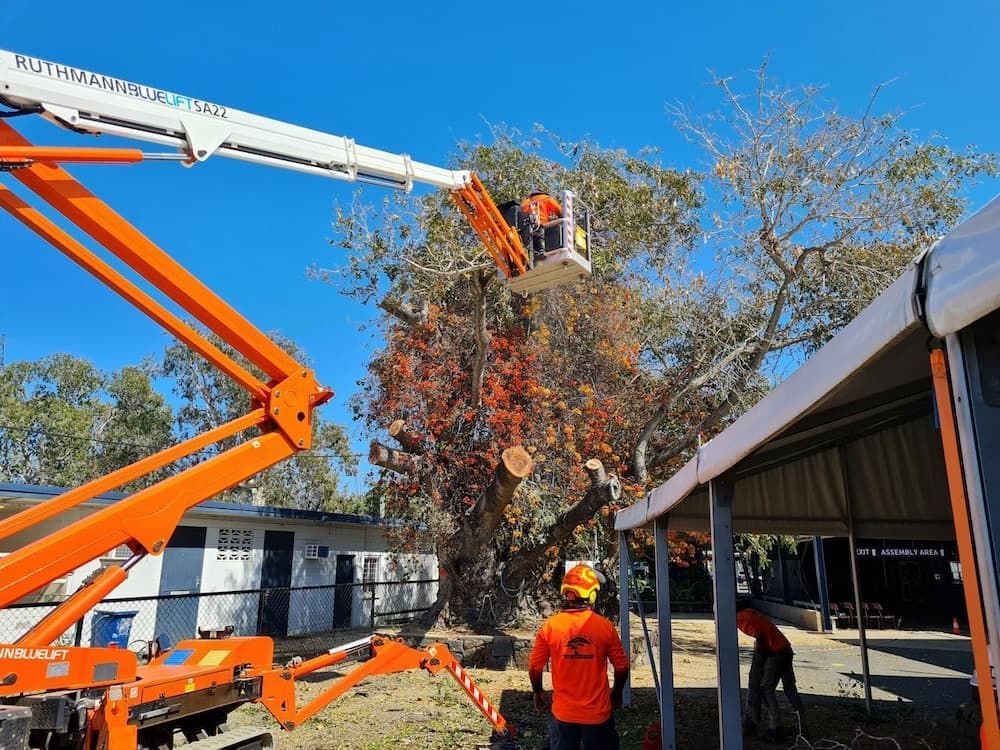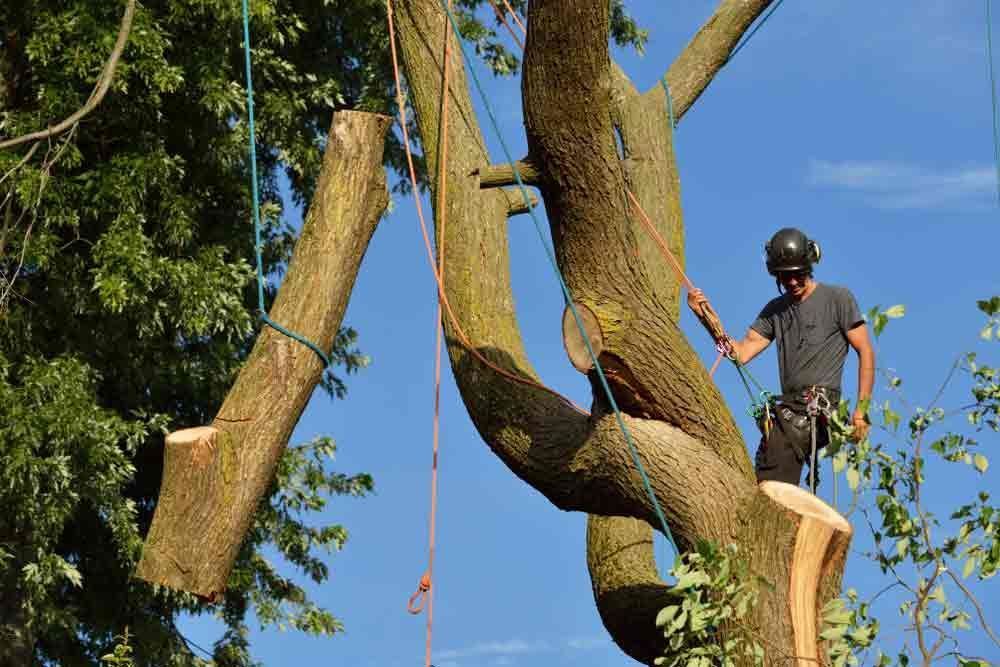Storms And Emergencies: A Comprehensive Tree Removal Guide
The combination of strong winds, heavy rain and lightning strikes during a storm can cause significant damage to trees, which may pose safety risks. That's when emergency tree removal becomes important. It's a complex and potentially dangerous task that requires skill, knowledge and the right equipment. In this blog, we will discuss the details you need to know about storm damage and emergency tree removal.
The Impact of Storm Damage on Your Trees
Storm damage can severely impact your trees, affecting their stability and well-being. Here are the most common tree issues we see after storms:
- Structural Damage: This damage may include snapped trunks or even uprooted trees. It can pose risks to nearby properties, vehicles and people.
- Root System Disruption: Excessive rainfall can saturate the soil, leading to soil erosion, which can destabilise a tree's root system. This can increase the chances of the tree uprooting during future storms or high winds.
- Weakened Branches: High winds can exert immense pressure on tree branches. Weakened or diseased branches are more prone to breakage under these conditions, leading to potential property damage or injury to individuals.
- Waterlogging and Fungal Infections: Prolonged rainfall can lead to waterlogging around the base of the tree, which increases the risk of fungal infections, such as root rot or other diseases. It can further weaken the tree's stability.
- Debris Impact: Flying debris can collide with trees during a storm. This can damage the trees, creating entry points for pests and diseases.
- Stress and Decline: Storm damage can weaken the tree's ability to photosynthesise and receive necessary nutrients. This prolonged stress can lead to overall decline, making the tree more susceptible to diseases, pests and further damage from the elements.
Understanding the impacts of a storm on trees can help assess the extent of the damage and determine the appropriate actions needed for tree care. Emergency tree removal may be necessary to mitigate risks and ensure the safety of the surrounding area.
The Role of Emergency Tree Removal
Emergency tree removal plays an important role in addressing the aftermaths of storm damage and mitigating potential risks. Here is how:
- Ensuring Safety: The primary role of emergency tree removal is to ensure the safety of people and property. It helps eliminate various risks associated with falling branches or uprooting trees.
- Road Accessibility: Fallen trees across roads can obstruct traffic. Emergency tree removal ensures the swift reopening of roads, allowing for safe passage.
- Power Line Safety: Storm-damaged trees entangled in power lines pose an immediate threat to public safety and can cause power outages. Emergency tree removal helps safely remove trees that are endangering power lines.
- Professional Expertise and Equipment: Emergency tree removal requires specialised knowledge and equipment. Arborists possess the expertise to assess the condition of storm-damaged trees accurately and suggest the best course of action.
Brown's Vegetation Management: Your Reliable Partner for Emergency Tree Removal
At Brown's Vegetation Management, we understand the importance of addressing storm damage promptly. We clear fallen branches from roofs and gardens and remove damaged trees which may pose a risk to buildings and structures. So, if you encounter storm damage, contact our team for safe and efficient emergency tree removal.















